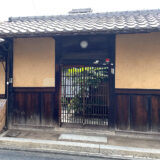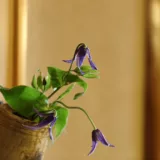Japan’s culture, with its refinement and subtlety, captivates people worldwide. Among these captivating aspects is “Aizome,” or indigo dyeing. This traditional dyeing technique embodies Japanese aesthetics and technical skill and is often called “Japan Blue” due to its beautiful blue color.
Differences Between Japanese and Foreign Indigo Dyeing
Typically, indigo dyeing worldwide utilizes blue dye derived from the indigo plant. However, “Tade-ai,” primarily used in Japanese indigo dyeing, is particularly suitable for Japan’s climate and soil, giving birth to a unique deep blue. Japanese indigo dyeing also involves more effort and time than other countries, resulting in distinctive textures and colors.
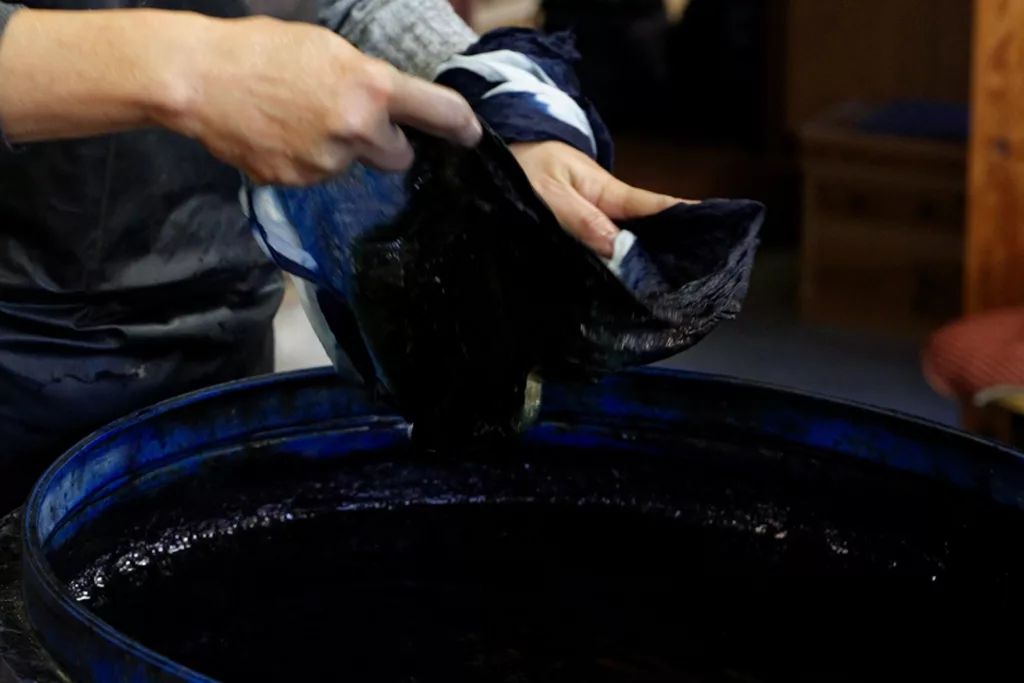
The Method of Japanese Indigo Dyeing
Japanese indigo dyeing is a technique that harnesses the power of nature and time, spanning several months. First, indigo seeds are planted and grown. Once matured, the plant is harvested, and leaves are picked. These picked leaves are fermented with lye extracted from wood ash to create a dye called “Sukumo.” The fermentation process determines the depth and beauty of the indigo dye. Threads or fabric are then soaked in this indigo liquid. After washing the fabric in the dye, it is exposed to air. Initially, it turns a yellowish-brown color but gradually oxidizes to turn blue. After repeating this process many times, a deep blue color permeates the fabric.
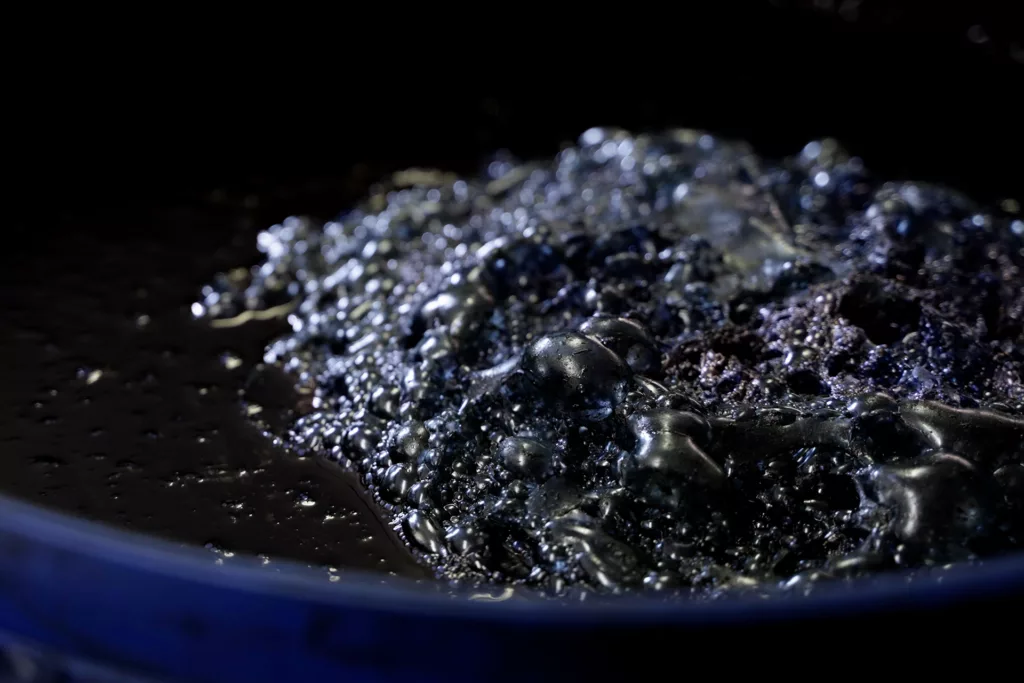
The Origin of Japan Blue
This beautiful blue is why it is called “Japan Blue.” This name represents the overseas appreciation and respect for Japanese indigo dyeing. Its vibrant blue color has a natural beauty reminiscent of the sea and sky. Moreover, Japanese indigo dyeing is highly esteemed not only for its color but also for its method. The meticulous and time-consuming process is inextricably intertwined with traditional Japanese aesthetics.
Japanese indigo dyeing, with its refined beauty and rich history, is an art that captivates those who see it. Its unique color and process, and the “Japan Blue” it produces, can truly be said to be a symbol of Japanese art.
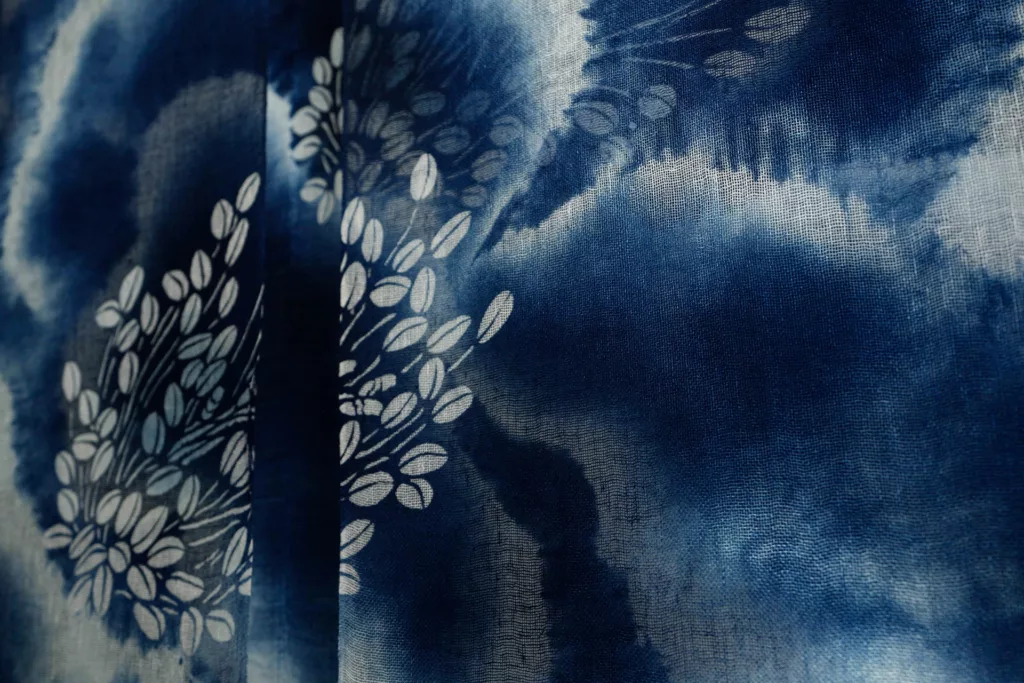
Click here to see the works of Japanese indigo dyeing Aizome artist Yoko Kamitani

